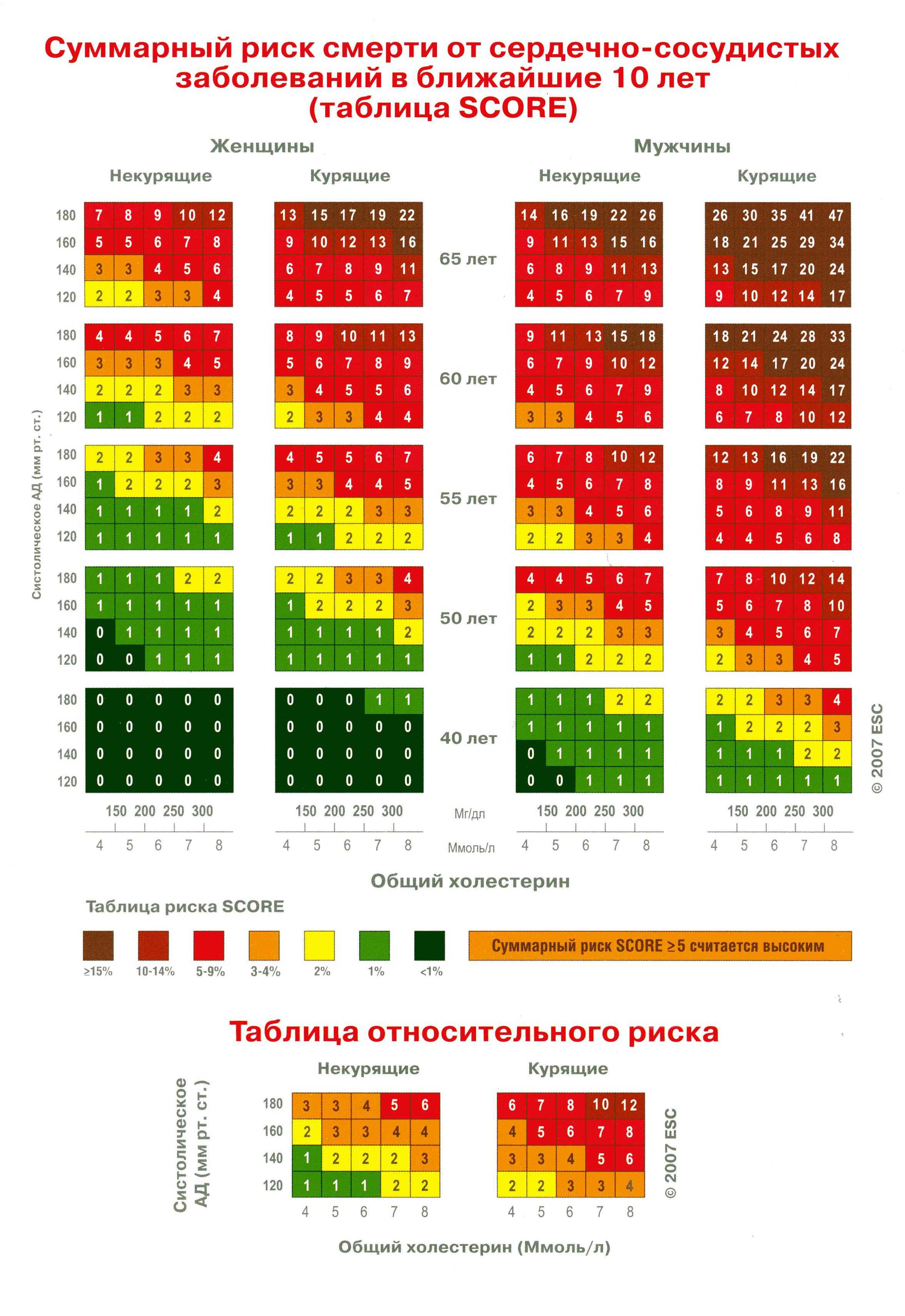
It is well known that cardiovascular diseases are the leading cause of death in industrialized countries. That is why risk assessment of their development and ability to prevent serious consequences coming out today.
Risk factors
Among the main factors contributing to the development of cardiovascular disease (CVD), are the following:
- Gender – men have a higher risk, as women are “under the protection” of estrogen
- Age
- Heredity
- Smoking
- Lack of exercise
- Overweight
- Hypertension
- Diabetes mellitus type 2
- Dyslipidemia or lipid disorders
To assess the latter factor, the patient is analysis to identify the General cholesterol and cholesterol of low-density lipoproteins (LDL cholesterol). It contributes to the development of atherosclerosis and related illnesses.
Risk assessment
Assessment of the prospects for the development of CVD can be realized in different ways. One of them is a rating scale SCORE (Systemic Coronary Risk Evaluation). It is designed to calculate the risk of a fatal cardiovascular event percent over the next 10 years.
For proper risk assessment:
- Select the cell, depending on gender, age, Smoking or non-Smoking status.
- Select the row that corresponds to your systolic (“upper”) blood pressure.
- In the row, locate the cell that corresponds with your values for total cholesterol. The color of the cell said about the individual risk of a fatal cardiovascular event.

Total risk SCORE is equal to or more than 5 is considered high.
The presence of diabetes increases the risk of CVD 5 times in women and 3 times in men compared to those calculated by scale SCORE.
Persons with confirmed CVD, diabetes mellitus, familial hyperlipidemia, severe hypertension score SCORE is not necessary – they are automatically included in the group with a high risk and should receive prophylaxis.
The second scale, the scale of the relative risk is for people of a younger age, which results in a scale SCORE to be low.
Statin therapy to lower cholesterol
One of the main tools in the prevention of cardiovascular disease is reduction of cholesterol low-density lipoprotein with statin therapy. These drugs reduce the risk of coronary lesions of vital organs, cardiovascular and overall mortality. It’s important that they are well tolerated during long-term continuous treatment of atherosclerosis.[i]
International expert associations recommend the use of statins to persons with 10-year risk of cardiovascular death at 5% or more of the SCORE scale.
Large-scale studies in recent years have proved the high effectiveness of statins. In particular, it was found that long-term (over two years) application lepidotrigla doses of drugs can slow the progression and even cause regression of atherosclerotic changes in the coronary arteries.[ii].
Effective prevention
Of course, to reduce cholesterol levels can also take other, non-pharmacological preventive methods. Among them:
- Quitting Smoking and alcohol.
- Moderate physical activity is. Recommended level – 30-45 minutes 3-4 times a week on the back of the heart rate is 65-70% of maximum for age. Intense physical activity while taking statins is contraindicated.
- Reduction in the consumption of animal fats, increased consumption of complex carbohydrates (foods rich in fiber and has a low glycemic index).
[i]https://www.rmj.ru/articles/kardiologiya/Terapiya_statinami_tochka_zreniya_klinicheskogo_farmakologa/#ixzz5UGjbVuJ8
[ii] https://www.lvrach.ru/1998/03/4526784/
